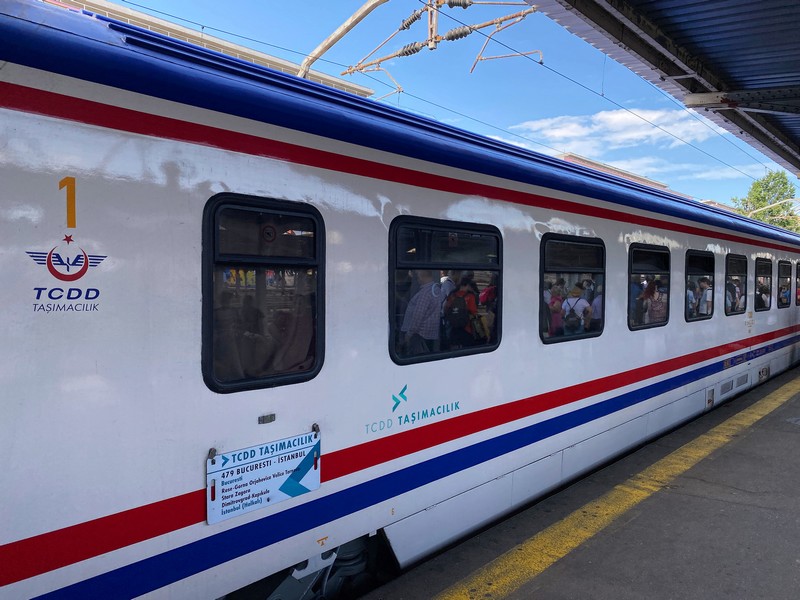Romania is an underrated country surely worth visit. Train travel in Romania is a good way to transport between major cities. The country has an extensive railway network interconnected with other European railway networks. Romania has the lowest percentage of electrified railways in the EU. Railway is a good way to explore the country, although trains don’t reach many interesting tourist attractions in sparsely populated rural areas.
Last updated: 19.03.2025
The first railway in the present day Romanian territory was opened on 20 August 1854, between Oravița and Baziaș in Banat, a port on Danube right next to the border with Serbia. 62,5 km long railway line was primarily used for the transport of coal – passenger services started on 1 November 1856. From January 1855 the line was managed by Austrian Railways.
The first railway in the Kingdom of Romania was inaugurated in on 26 August 1869 and connected Bucharest and Giurgiu.
In 1872 the first steam locomotive was built in Romania. Oldest preserved steam locomotive in Romania was produced in 1869. The Calugareni locomotive (No 43) hauled passenger and freight trains between Bucuresti Filaret and Giurgiu.
In 1880 Căile Ferate Române company was founded. On 10 September the same year Bucarest Nord railway station was opened.
On 25 January 1895 the first double track section of the railway line was put into operation between Iasi and Letcani (14 km).
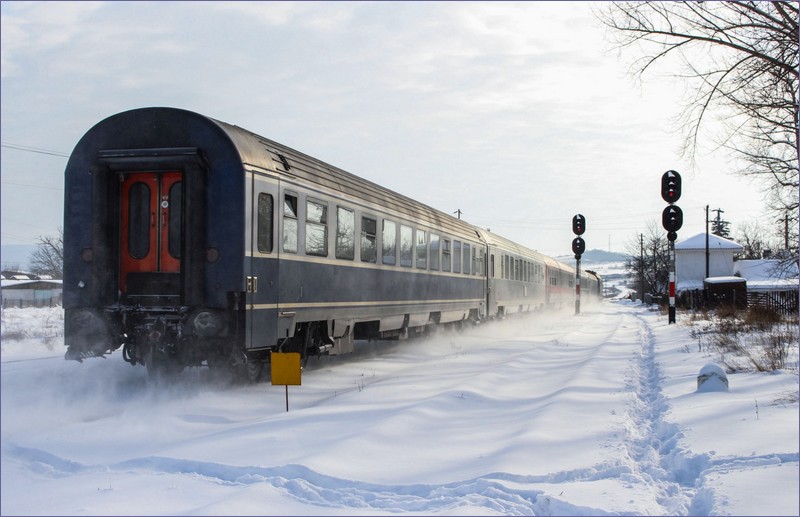
Train travel in Romania – domestic trains
Travelling by train in Romania is uneasy to describe. Most passenger trains are operated by CFR Calatori – subsidiary of Căile Ferate Române responsible for passenger transport but there are also some regional and long-distance private operators. Most important railway junctions are Bucharest, Timisoara, Brasov and Cluj-Napoca. Average train speeds on main lines are decent but not as fast as in Central European Countries. Quality of rolling stock varies – in Romania you can find diesel and electric multiple units from all over Europe. Some are old vehicles withdrawn for example in France or Netherlands and sold to Romania, some are relatively new. Local lines around Arad, Timisoara and Brasov are paradise for railway enthusiasts.
Trip planner and online shop (CFR Calatori)
Timetable and trip planner (Infofer.ro)
Supplement fees for sleeping cars and couchettes
Railway map of Romania (Wikimedia Commons)
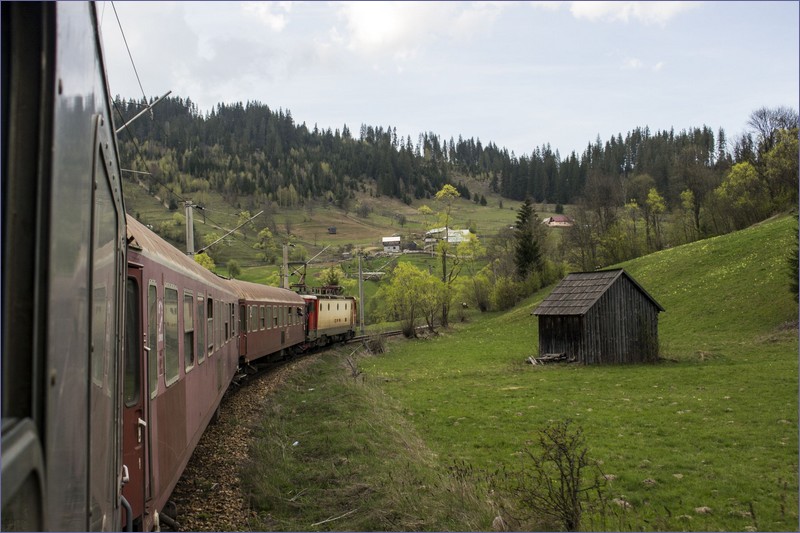
Categories of the trains in Romania (CFR Calatori)
Local trains are very slow but also very cheap and are very popular among railway enthusiasts. The rehabilitations of main railway lines are being carried out.
R – regional trains. Mainly old and uncomfortable, stops at all stations, sometimes middle of nowhere. Very slow but very cheap. Recommended only for railway lovers. On some trains you can reserve a seat (optional). On some routes there are a very few trains each day.
IR – interregional services.daytime long-distance fast trains between large cities. It stops at designated stations only. Quality of rolling stock varies – there are trains comprised of locomotive and passenger carriages (1st and 2nd class, sometimes air-conditioned) and electric or diesel multiple units (for example Siemens Desiro). Tickets are issued with a seat reservation.
RE – regional express train. Daytime fast trains similar to IR trains.
IRN – interregional overnight trains. Overnight trains in Romania have seating carriages, couchette cars and sleeping cars. Couchette cars are typical old carriages with 6-berth compartments or Ex-Corail with 4-berth compartments. There are two types of sleeping cars: Ex-Corail old but very comfortable sleeping cars with 3-bed cabins (in each car is a shower with cold water) or refurbished air-conditioned sleeping cars with 3-bed compartments. Safety on night trains leave much to be desired. Supplement fees for couchette cars and sleeping cars are moderate. I highly recommend to travel in the sleeping car.
IC – intercity trains. Fastest and most comfortable daytime trains in Romania. Usually comprised of refurbished 2nd and 1st class air-conditioned coaches and carriages with compartments. Carriages are equipped with vacuum toilets, electrical sockets for charging mobile phones or laptops, visual and acoustic passenger information system.
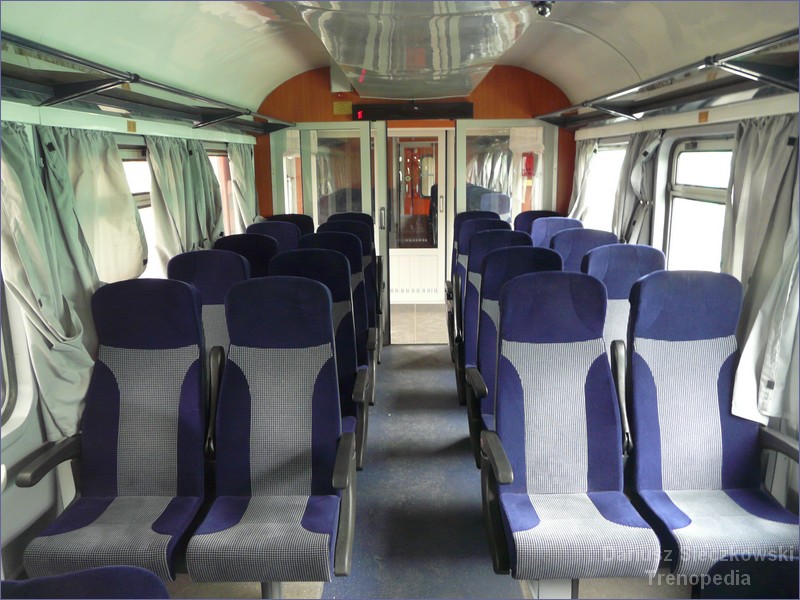
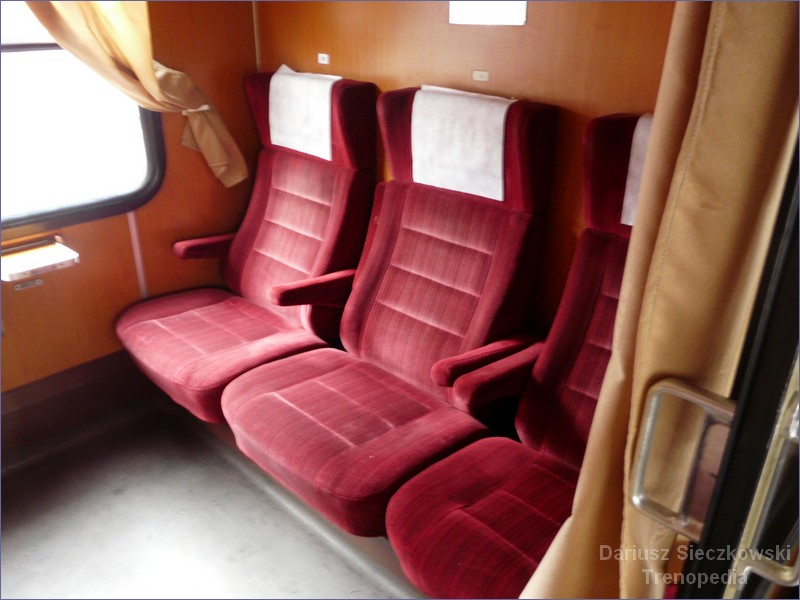
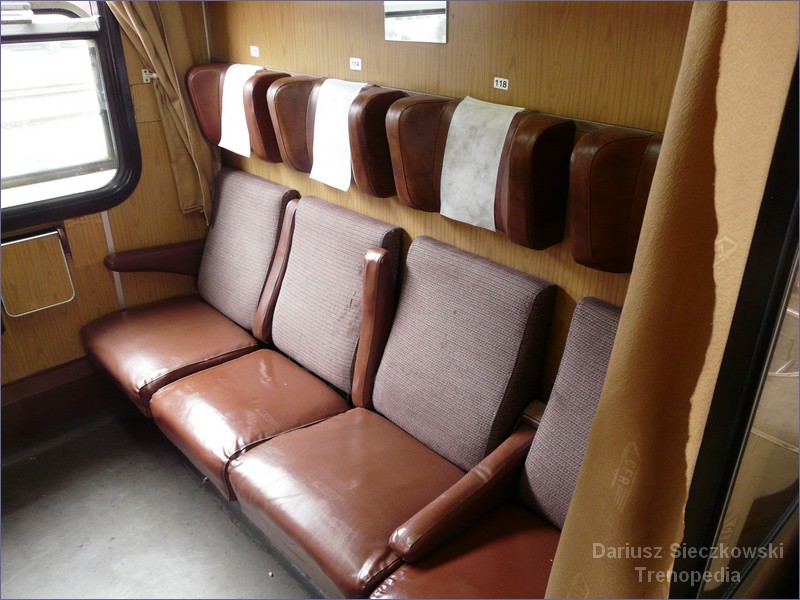
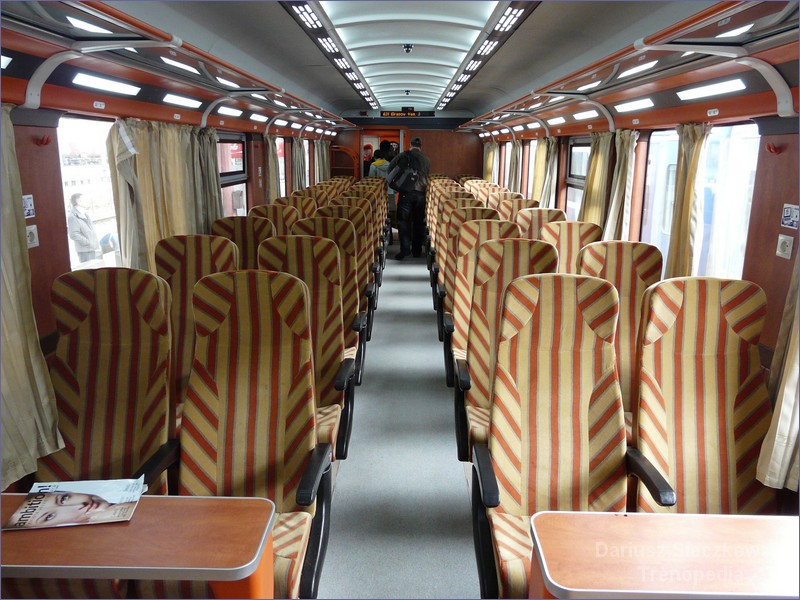
Most popular daytime long-distance trains:
Bucharest – Brasov
Brasov – Sighisoara
Bucharest – Constanţa
Bucharest – Suceava
Bucharest – Galati
Timisoara – Arad
Most popular overnight trains:
Timisoara – Bucharest
Cluj Napoca – Iasi
Vatra Dornei – Bucharest
Suceava – Bucharest
Satu Mare – Bucharest
Oradea – Bucharest
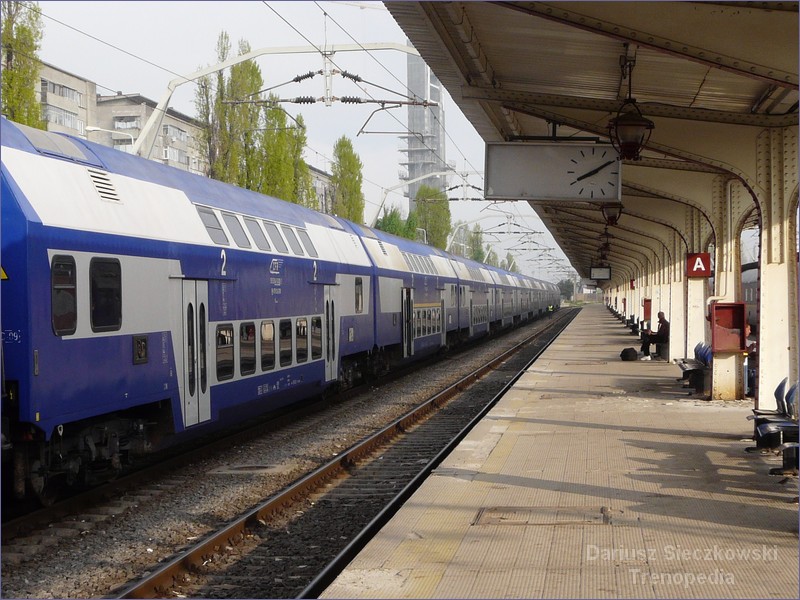
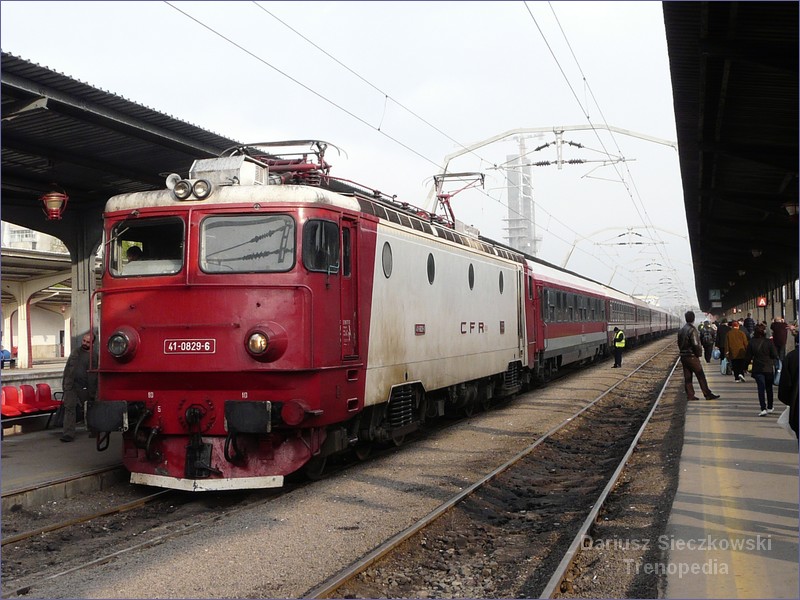
Private train operators
In Romania some of local routes are operated by private companies:
Interregional Calatori (IRC) – company established in 2013 headquartered in Cluj-Napoca. It operates on several routes and provide regional and long-distance passenger services, among others, on following routes:
Cluj Napoca – Sibiu
Cluj Napoca – Dej
Cluj Napoca – Bistrita Nord
Cluj Napoca – Oradea
Cluj Napoca – Huedin
Oradea – Timisoara via Arad
Satu Mare – Baia Mare
Website: interregional.ro
Transferoviar Călători – private company operating regional and long-distance passenger train services. On a some routes operates alongside with CFR Călători. Most important routes:
Bucharest – Buzau
Bucharest – Brasov
Bucharest – Mangalia
Bucharest – Ploiesti
Bucharest – Aeroport
Cluj Napoca – Oradea
Cluj Napoca – Brasov
Website: transferoviarcalatori.ro
Regiocalatori – formerly known as Regiotrans, founded in 2005, headquartered in Brasov. Primarily runs local trains. The services are infrequent but are famous among railway enthusiasts. Rolling stock is mainly ex-SNCF diesel multiple units. Regiocalatori also have a few long distance trains. Regiocalatori trains run mainly on routes in Brasov, Timisoara and Arad area, for example Timisoara – Jimbolia, Timisoara – Resita, Arad – Naglac. Long-distance trains run from Bucharest to Brasov, from Iasi to Suceava and from Iasi to Brasov.
Website: regiocalatori.ro
Astra TransCarpatic – a passenger train operator in Romania founded in 2014. The operator launches long-distance overnight train from Arad to Bucharest via Timisoara and Craiova, interregional trains from Bucharest to Brasov and regional train from Bucharest to Titu. The overnight train from Arad in summer is extended to Constanta and Magnalia.
Daytime trains are comprised of ex-DSB ICE4 diesel multiple units – in my opinion there are comfortable trains.
The overnight train has seating air-conditioned coaches, couchette cars and sleeping cars with two-bed or single compartments. Supplement fees for couchette cars and sleeping cars are relatively cheap.
Website: www.astratranscarpatic.ro
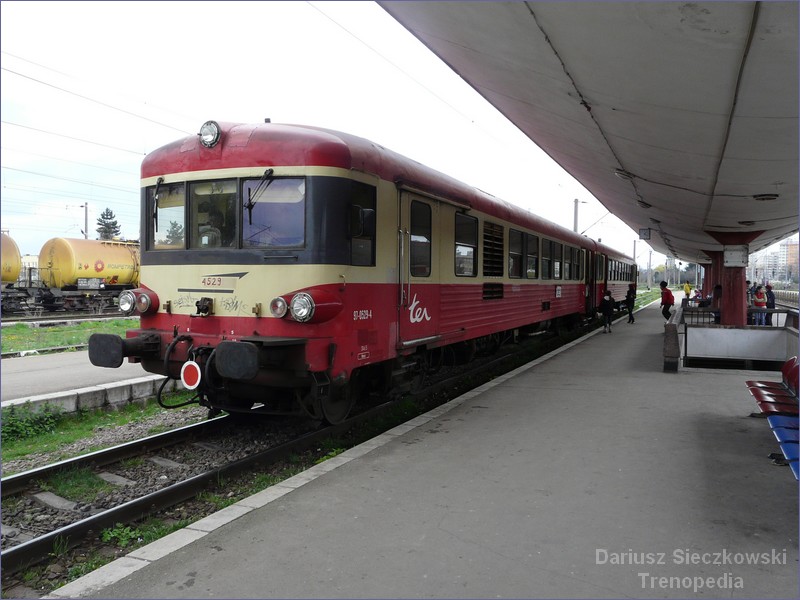
Narrow-gauge railways in Romania
There are several narrow-gauge railways in Romania. Some of them are famous for stunning landscapes and charming atmosphere. Most popular is a forest narrow-gauge railway Vaser Valley Forest Railway in Viseu de Sus.
Many foreign tourists also visit the Mocănița Moldovița narrow-gauge railway and Mocănița Sovata – operating on selected days between Sovata and Câmpu Cetății (14 km)
Narrow-gauge railways in Romania – a full list
Railway museums in Romania
In Romania, there are three railway museums, and additionally, several railway stations have memorial rooms—the most well-known being at the Sinaia railway station.
Romanian Railway Museum – the Romanian Railway Museum, commonly known as the CFR Museum, is located right next to Gara de Nord station. Despite its attractive location, it is very poorly advertised.
The museum does not have an extensive collection of historic rolling stock (with only one steam locomotive outside), but it provides a lot of information about the history of railways in Romania. Exhibits include railway equipment from various historical periods, railway models, maps, models of carriages and locomotives, and other items related to the operation of Romanian railways.
It is a small museum and is mainly intended for railway enthusiasts.
Steam Locomotive Museum in Reșița – a small steam locomotive museum in Reșița (Muzeul Locomotivelor cu Abur), a city known for its production of steam locomotives. According to the website, the steam locomotive open-air museum features 16 steam locomotives. The most interesting exhibit is the “Resicza” locomotive from 1872, the first locomotive produced in the countries of Southeastern Europe.
Steam Locomotive Museum in Resita – official website
Steam Locomotive Museum in Sibiu– Sibiu is a city very popular among tourists and considered one of the most beautiful in Romania. However, few tourists visit the local Steam Locomotive Museum (Muzeul Locomotivelor cu Abur), located right next to the CFR locomotive depot, less than a kilometer from the railway station.
The museum has been operating since 1994 and possesses a decent collection of steam locomotives. Some of the locomotives are operational and are used to pull trains commissioned by wealthy railway enthusiasts. Visitors can see 35 steam locomotives produced between 1885 and 1958, two steam cranes, and two steam snow plows.
Funicular railways in Romania
In Romania, there is only one operational funicular railway but I don’t know if it is running. It is located in the city of Deva. It was built in 2005 to make it easier for tourists to reach the Castle Hill, which overlooks the city and features the ruins of what was once a powerful fortress.
Construction of the railway began in 2003 and was completed two years later with a ceremonial opening. The route length is 278 meters. The elevation difference between the starting and ending stations is about 160 meters. The travel speed is 2 meters per second, and the journey between the starting and ending stations takes 2.5 minutes. According to internet users, it’s worth taking a ride not only to save effort but also for the beautiful views and the unique experience on the way down—it supposedly feels like the funicular will plunge down. However, the railway has three braking systems to ensure safety.
The railway was renovated after an accident in 2021. The upgraded funicular was put into operation in 2024. Tickets are expensive. The climb to the fortress is a 45-minute walk on a reasonable path.
Heritage railways in Romania
Heritage trains are very popular in Europe. In Romania heritage trains are operated by Societatea Feroviara de Turism S.F.T . – C.F.R – the vintage rolling stock fleet belongs to CFR Railway Museum in Bucharest. The association doesn’t launch trains itself but offers trains to charter. Heritage trains run on special occasions on various railways line. It may change in the future:
Most popular heritage trains to charter:
Trenul Calugareni – a steam locomotive with three retro carriages produced by Ashbury between 1866-1869, renovated in CFR workshops between 1993-1994. The train operated on the Bucharest – Giurgiu line from 1869-1918. Many officials from not only Romania traveled on this train.
Trenul Moldovita – a typical vintage train consisting of a steam locomotive and four carriages. It is operated on various occasions.
Trenul Regal – a royal train with carriages manufactured in June 1928 and later renovated. It has been used multiple times by communist party secretaries and presidents of Romania. It includes a conference car, a dining car, and a sleeping car with suites.
Societea Feroviara de Turism – official website
Train travel in Romania – international trains
Romania is interconnected with adjacent countries, but there are a very few international passenger trains, except for trains between Romania and Hungary.
Bulgaria
There is an international daytime train from Bucharest to Sofia. During summer season there is a direct carriage. The train has 2nd class carriages only.
Outside the summer season, a transfer is required at Ruse station. Romanian diesel multiple unit runs on the Bucharest – Vidin route. From Ruse travellers are carried by Bulgarian train comprised of 2nd class carriages.
The second train between Bulgaria and Romania passes over the Danube 2 bridge and connects the cities of Vidin and Craiova. It runs once a day. The train is connected to the Sofia-Vidin express train.
Sofia – Bucharest train – timetable and prices
Hungary, Austria
There are numerous trains between Romania and Hungary. You can choose daytime trains or overnight trains with couchette cars and sleeping carriages. Intercity train connects Budapest with Bucharest and largest Romanian cities such as Oradea, Timisoara, Sibiu, Cluj-Napoca and Brasov. Some of the trains stops at Sighisoara station. There are also regional trains from Debrecen to Satu Mare.
There is also an overnight train from Bucharest to Vienna through Budapest.
Standard tickets from Budapest to Bucharest are expensive, but if you buy tickets in advance, there are some promotional tickets. Cheapest tickets from Budapest to Bucharest costs 34,10 EUR. Promotional tickets from Budapest to Timisoara costs 16,90 EUR
jegy.mav.hu – Hungarian Railways’ online shop
bileteinternationale.cfrcalatori.ro – Romanian Railways’ online shop
Moldova
From the point of view of tourists, the most important train in Moldova connects Chisinau and Bucharest. Train runs every day but it can change – check the timetable before your journey. Train is comprised of old Soviet-era sleeping cars and buffet car. The carriages are Moldovan. The Prietenia overnight train hs 1st class sleeping cars with 2-bed compartments and 2nd class sleeping cars with 4-berth compartments – two lower beds and two upper beds. The carriages are not equipped with air-conditioning.
At Ungheni the bogies are changed because of the difference in track gauge between Romania and Moldova. Passengers remain on board and toilets are jolted during the procedure. It takes 3 hours.
The journey takes 14 hours, almost twice as long as a bus from Chisinau to Bucharest.
Tickets are quite expensive. Prices start from 26 euros (SMART Prietenia). A plastic bag of blankets and pillow cases included.
Calea Ferată din Moldova – online shop
There are regional trains from Chisinau to Iasi-Socola once a day. The service is operated by refurbished Moldovan diesel multiple units DR1. There are plans to extend broad gauge track from Iasi Socola to Iasi station.
Serbia
There are no passenger trains between Romania and Serbia. Train Bucharest – Belgrade was ceased many years ago. Regional trains from Timisoara to Vrsac were suspended.
Turkey
From mid-May to mid-September there is an overnight international train from Bucharest to Halkali station in thes suburbs of Istanbul. From Halkali station you can continoue your journey by the subway train to Sirkeci station or by high-speed train to Ankara. One-way ticket in 4-berth couchette compartment costs 53 EUR (according to CFR Calatori website). Turkish couchette cars are comfortable but travellers report, that the train has a Turkish sleeping car with 2-bed cabins, which is a much better option.
Ukraine
Currently, there are no passenger trains between Romania and Ukraine.
